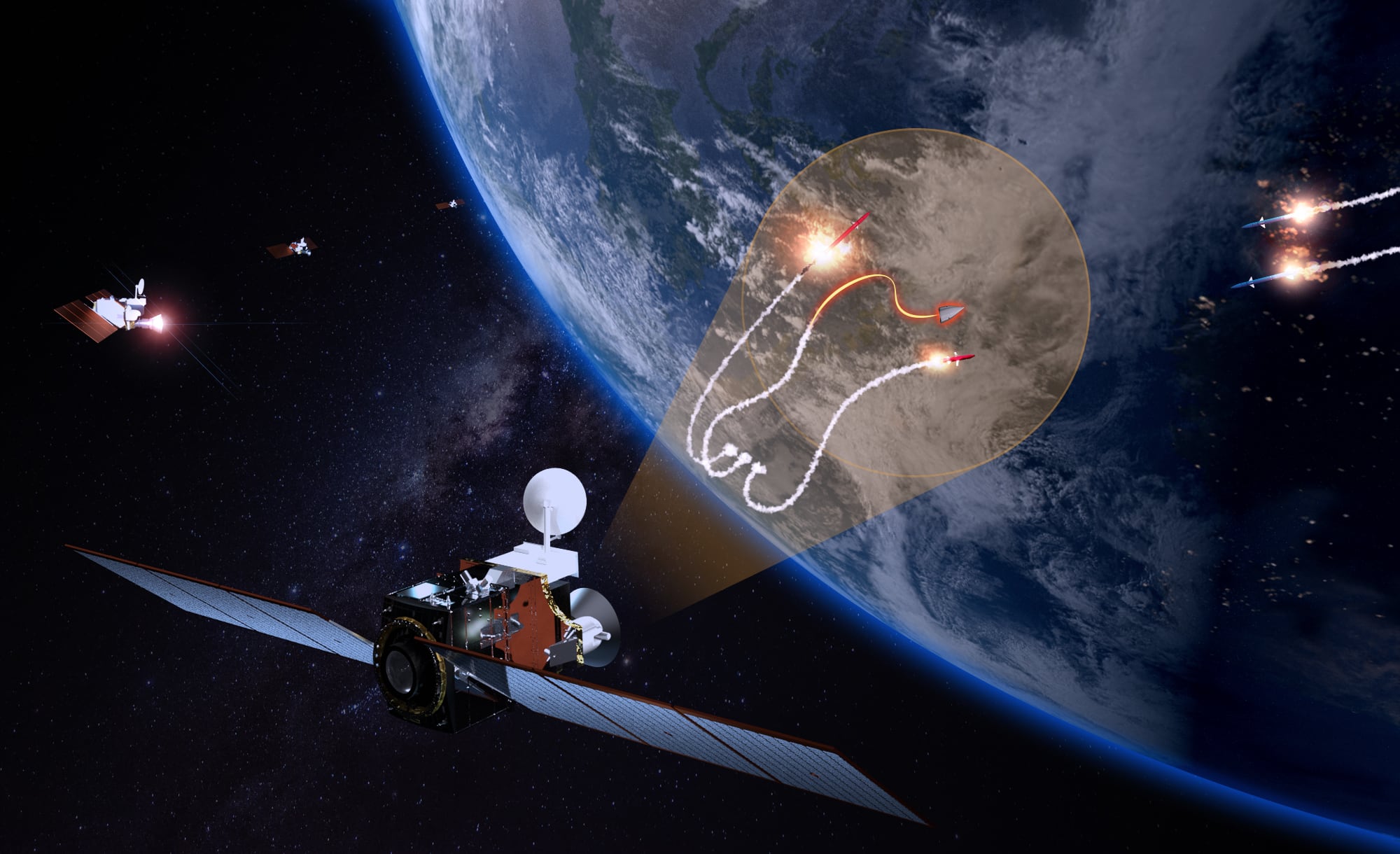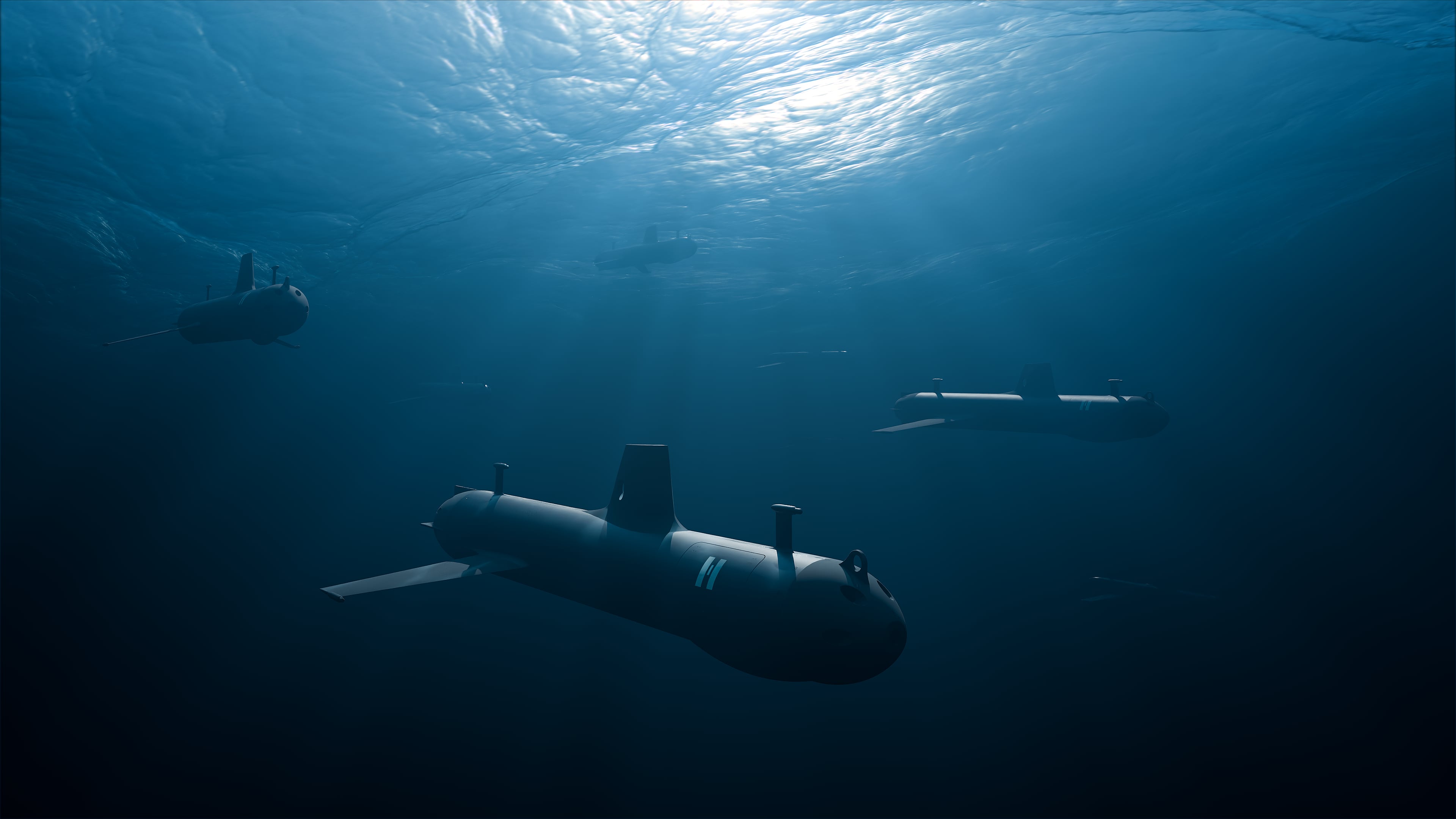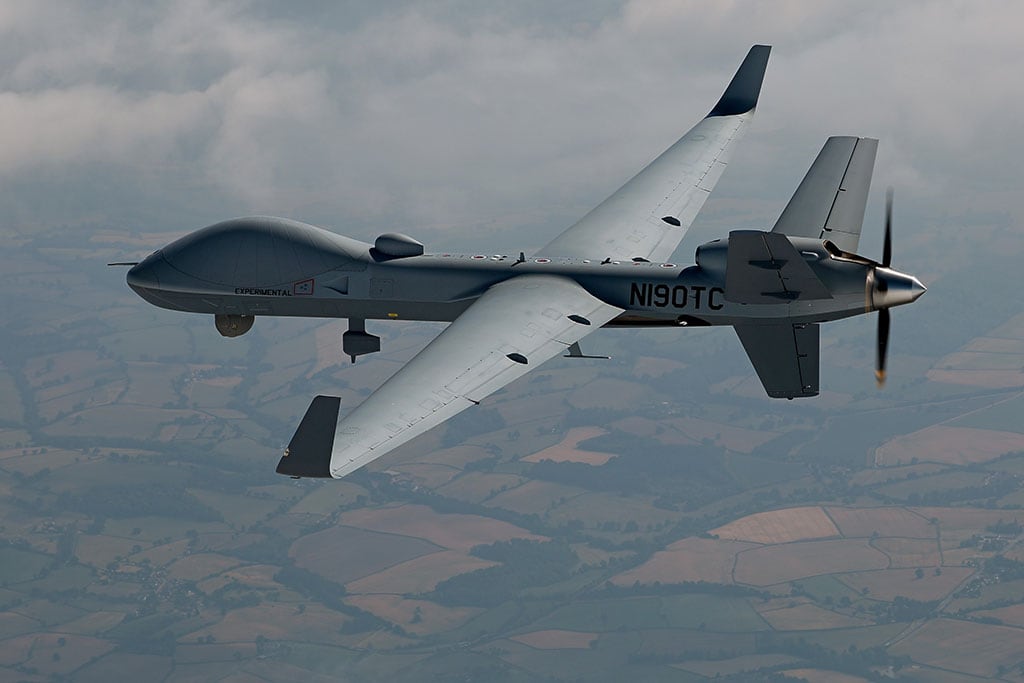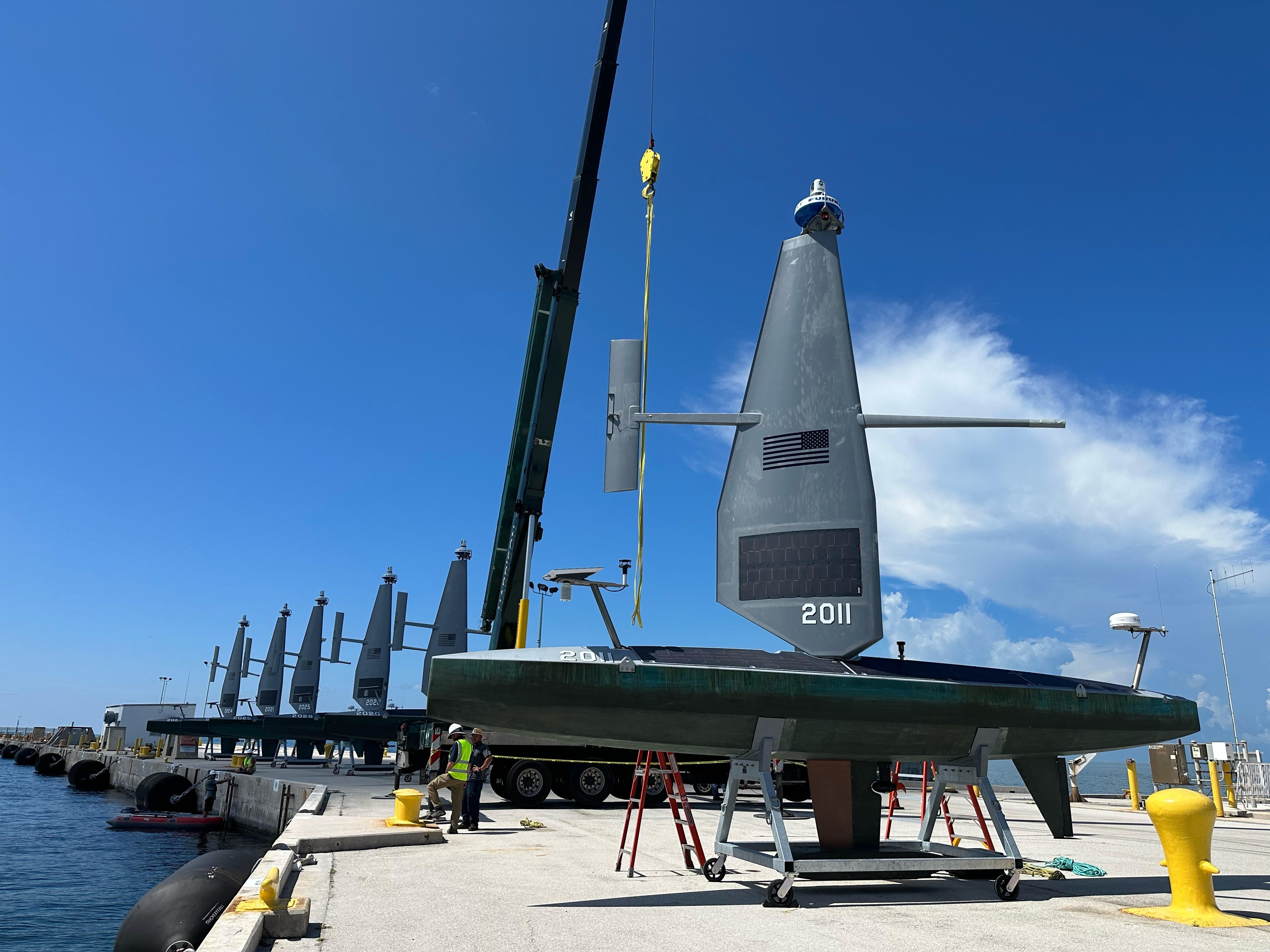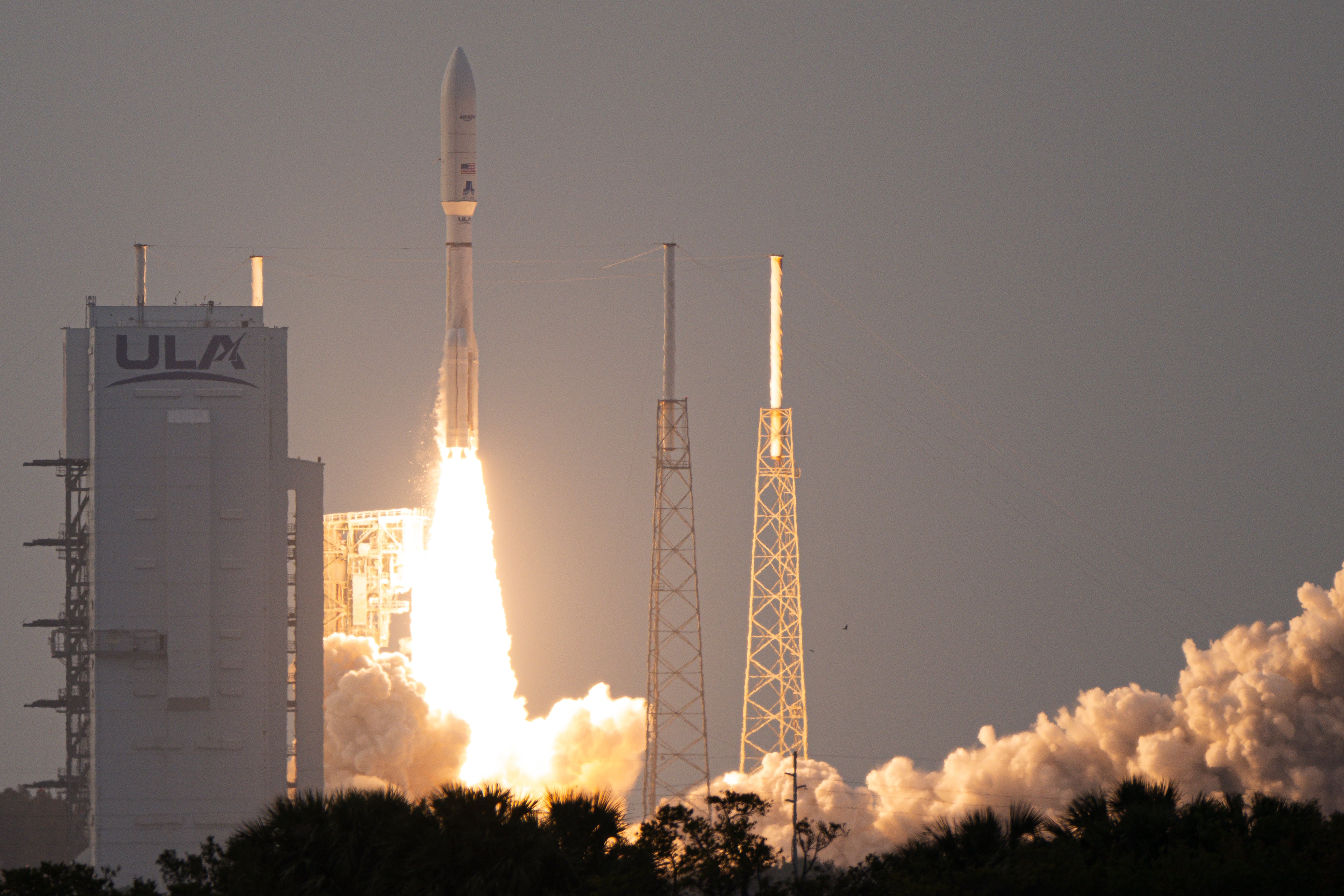The Space Development Agency’s plan to field hundreds of missile warning and communication satellites in the coming years is still in the early days of execution, but one lesson defense firms are drawing from the effort is the importance of fostering a reliable supply chain.
L3Harris is one of those companies. The Melbourne, Fla.-based firm is on contract to deliver 38 satellites as part of the first three tranches of SDA’s missile tracking constellation, four of which launched in February.
The company faced supply chain challenges in developing the first four spacecraft, most notably their satellite buses, which were provided by Moog Inc. L3Harris in late March filed a complaint in federal court claiming the bus supplier’s late deliveries damaged its credibility with SDA and “placed future L3Harris business at significant risk.”
A Moog spokesman told C4ISRNET the company plans to “vigorously defend against the allegations, and in due time, will respond in court.”
Meanwhile, L3Harris selected Maxar to build the satellite bus for its Tranche 1 and Tranche 2 satellites.
Kelle Wendling, president of L3Harris’ space systems sector, recently sat down with C4ISRNET to discuss the challenges of developing a diverse yet mature supply chain for small satellites and provided insight into how the company has adapted its strategy over the last few years.
This interview was edited for length and clarity.
You’re on contract for the first three tranches of SDA’s missile tracking satellites, so you’ve delivered some spacecraft and have others in various stages of design and development. What are some lessons you’ve learned early on that you’re applying to the more recent contracts?
We’ve had a number of lessons learned from Tranche 0 moving into Tranche 1. I’d love to tell you the supply chain is in better shape but it’s kind of not yet. We’re still working through the fact that it’s still very much rocket science, and the technology that we need is not built to inventory. There’s definitely opportunity space for us to ensure that we get our supply chain on contract early, that we work with them hand in hand to make sure that we’re going to get to mission success and we’ve got a schedule that cohesively holds together — especially given some of the dates and timeframes that we’re working on for SDA.
I think the most important thing from Tranche 0 to Tranche 1 — and even into Tranche 2, since that award came in January — is the fact that we’ve really limited the non-recurring engineering. We’re limiting the NRE so that we can limit the risk and then also try to keep our supply chain somewhat primed as we start to move into this real proliferated phase. We are the only company that has been on all three tranches. Ensuring that we are maturing the design but not making too many changes so that we can keep the risk down and the schedule moving forward has been really a great effort across the three teams.
We’ve heard SDA Director Derek Tournear talk about supply issues for particular components and systems like crosslinks and radios. Where have most of your supply challenges been?
You probably could pick on one hand the top five that are really our challenging points. I think [optical intersatellite links] are one. Certainly, who you pick as the bus provider is a big, big element of things. I’d love to tell you the buses have commoditized — they haven’t. It is still rocket science. And you’ve got to make sure that it is appropriate for the mission and you’re getting the spacecraft when you need it.
It’s the same thing with radios. We have a little bit of an advantage in that we have a division that provides our crypto capability and they provide our radios for us.
How do you balance the desire to have a diverse supply base with the need for consistency? And have you had to make a lot of changes on the supplier side?
There’s always a balance between, do I go all in with a partner and really put all my money here or do I have some diversity in my supply base — which might not give me the best, most cost-effective options, but then I at least have a backup. We’ve actually had to use a hybrid of the two.
Now that we’re at that point of proliferation, that supplier diversity really is coming into play. The fact that we’re talking about 14, 16, 18 … satellites at a time. It’s a lot for the space world. Not all of our suppliers are in a position where they can actually do that themselves. So we’ve had to have a balance of, OK, we’re going to double down and pick maybe some subsystem providers over here that we’re going to be exclusive to. On others, we’re going to have a variety of solar array capabilities or focal planes and other things so that we make sure that we have the diversity, should there be a challenge in in the supply base.
You’ve mentioned the push to limit non-recurring engineering, which refers to the one-time costs associated with developing a new capability. This is an area that Frank Calvelli, assistant secretary of the Air Force for space acquisition and integration, has said is a key tenet for space acquisition. What are the practical challenges of reducing NRE?
As we talked about on supplier diversity, if you dilute [your supply chain] too much to have multiple suppliers, you can’t necessarily get their investment and their focus and have that kind of partnership. However, whether it’s optical links, whether it’s the focal planes, whether it’s the bus providers, there are key areas where we know we’re probably stressing the system a bit.
It’s not to the point yet where the next level of subsystem providers are really as robust as we need them. And then the third-tier supplier underneath them is even more fragile in the ecosystem because they’re smaller companies with very niche technology.
It’s still going to be something we have to work on. But we have been very intentional about where we want to have dual sources. We have dual-source design and we have dual-source parts to make sure that we can meet the manufacturability but also the quantities and the schedule that we have signed up to for the SDA.
Courtney Albon is C4ISRNET’s space and emerging technology reporter. She has covered the U.S. military since 2012, with a focus on the Air Force and Space Force. She has reported on some of the Defense Department’s most significant acquisition, budget and policy challenges.
